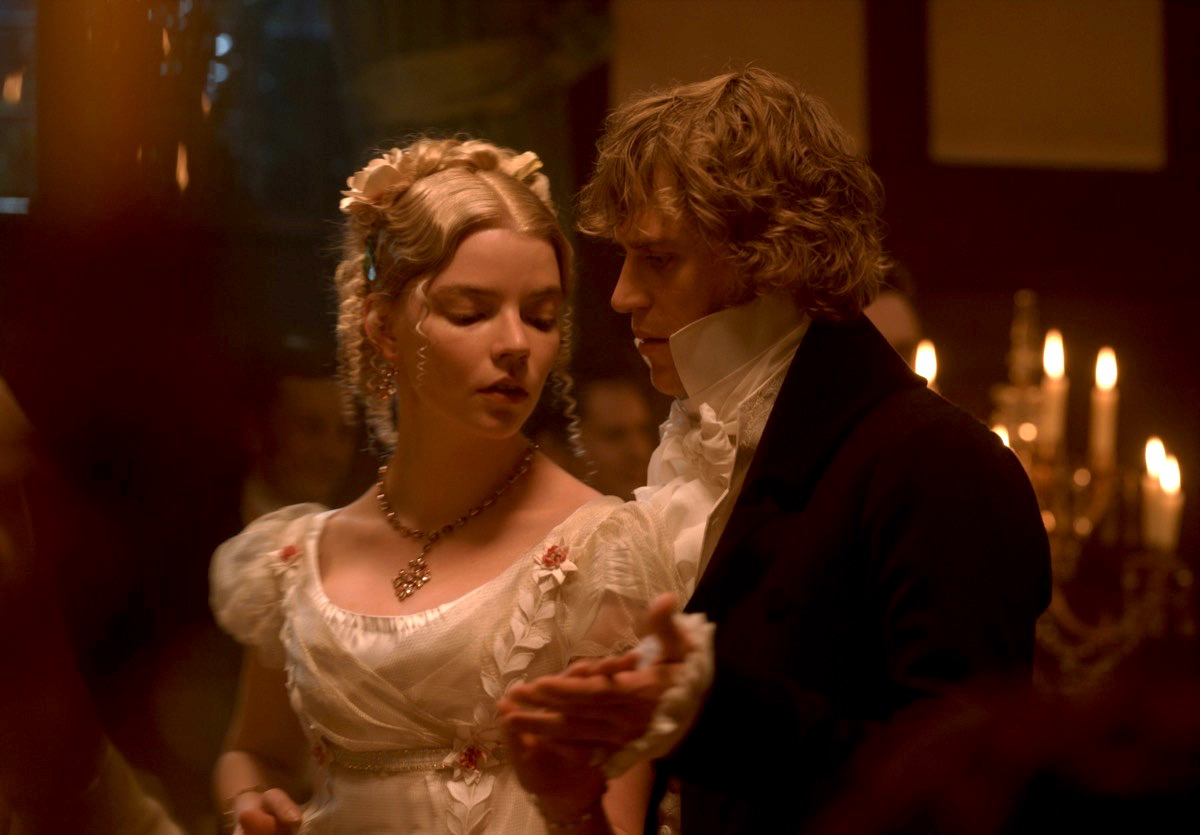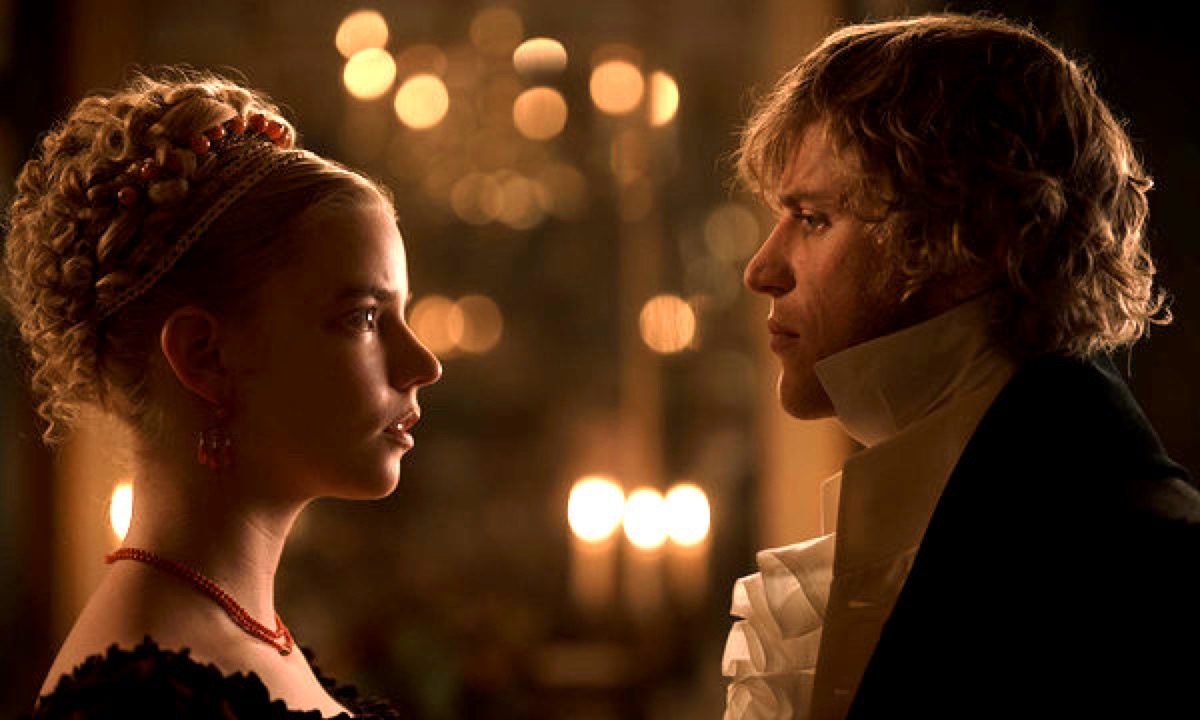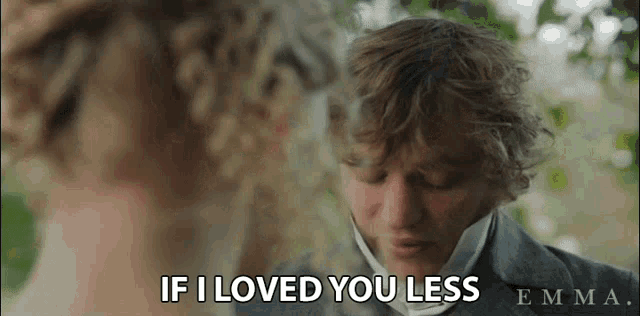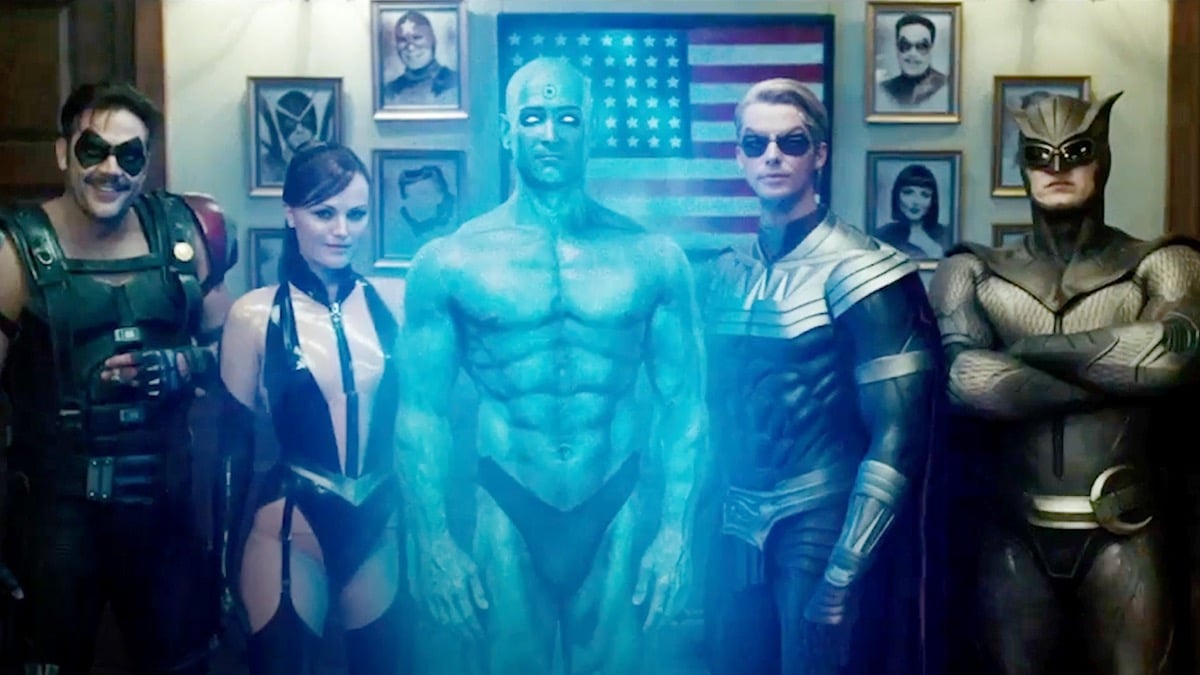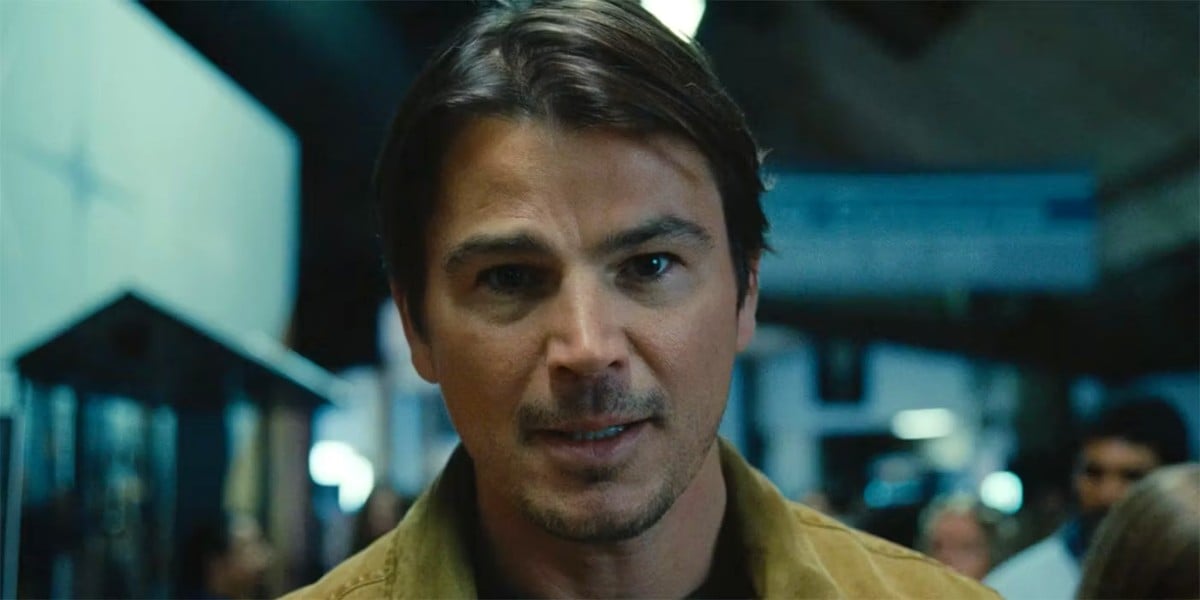When it comes to fandom boyfriends, the period drama hero rises to a caliber rarely seen elsewhere, and Autumn de Wilde has perfected it with her subtly updated take on Emma’s Mr. Knightley.
The names Darcy, Rochester, and Thornton alone cause a whole gambit of reactions, from adoration to exasperation to wistfulness. Since the publication of these stories, there have been swaths of readers who have become devoted fans. Women, in particular, have become associated with period dramas in the last half century.
There are many reasons to love such stories, including well-written prose, characters, and fascinating commentary on societies of bygone times. One of the biggest reasons, however, is the romance. Jane Austen in particular created stories of romance that have since been adapted many times, in many ways.
Fans discuss her work aspirationally. It is not uncommon to hear or see phrases like “Waiting for my Mr. Darcy” or “Mentally dating Mr. Knightley.” Books, miniseries, and movies have even been created around this exact idea. There’s Lost in Austen, in which a modern-day woman swaps lives with Elizabeth Bennet, or Austenland, where Keri Russell’s Jane spends her life savings on a trip to England for an immersive Jane Austen experience.
What is it about Austen’s heroes that makes them so appealing?
Autumn de Wilde masterfully explores this question in her recent big screen adaptation of Austen’s 1815 novel, Emma. With her depiction of hero George Knightley, portrayed by Johnny Flynn, de Wilde takes Austen’s Regency hero and puts a modern, feminist take on him, even while adhering closely to the original text. Through this depiction, she creates the best onscreen adaptation of an Austen hero—ever.
Who Was a Georgian Gentleman and Why Is He Still Alluring?
During the Georgian era, which lasted from 1714 to about 1830–37, Britain underwent massive changes. Events like the Industrial Revolution, the American Revolution, the rise of Evangelicalism, and more caused deepening class stratification and political turmoil. An increasing wealth disparity led to both gluttony and extravagance, as well as extreme poverty, all of which shaped the Victorians’ moral reaction against the lifestyles of the Georgians.
Austen is specifically known for her work during the Regency era, a sub-period of the Georgian era, lasting from from 1811 to 1820. This period overlapped with the politics and class warfare of the larger Georgian era but is remembered primarily for its cultural achievements and general refinement.
This is the world in which Austen’s works reside—a place of relative comfort, though far from the extreme lifestyles of the Hanoverian kings of the time. Her works rarely touch on topics like politics, abolition, or the various revolutions happening across the world. If they do, it is in subtle ways, such as the Napoleonic wars explaining the presence of military men in her stories. Instead, these novels are about the lowest level gentry and defined as comedies due to their happy endings and harmless narratives.
Austen’s gentlemen perfectly fit into the mold of her stories, showcasing the refinement of the time and hardly any of its ugly underbelly.
Georgian men prided themselves on the three Rs: refinement, restraint, and religion. Many of them are expressed in this fun list of gentlemanly rules on JaneAusten.org. For Austen fans, the most appealing of these is restraint.
Adaptations of Austen’s works never go past kissing. In the books, in fact, there’s no kissing at all. It’s part of what makes watching her stories play out so thrilling—suddenly, every little touch or glance ignites tremors of anticipation and lets loose the butterflies in your stomach. Think of the 2005 Pride & Prejudice, when the camera focuses on Darcy’s hand after he helps Elizabeth into a carriage, stretching the appendage as if her mere touch sent a jolt through him. Another example is the 2007 Northanger Abbey, when Tilney helps Catherine from her horse and then, gently, almost shyly, brushes some dirt from her cheek. These moments are incredibly intimate, even in their innocence.
What is the appeal of such restraint and why, for many fans, are the smaller moments the most swoon-worthy? In restraint, there are levels of both respect and safety that undoubtedly appeal to women especially. Dreaming of Austen men is about the romance: kindling feelings through conversation and getting to know one another in the absence of objectification and other ways women are often made to feel demeaned. Further, the men who violate the respect and safety expected of societal restraint are the antagonists in these stories.
Bare Ass and Tears: A Lesson in Toxic Masculinity
In Autumn de Wilde’s Emma, Knightley (Flynn) practices Georgian restraint, while nuanced choices refresh him for modern audiences. This begins immediately in the film.
Our first glimpse of Knightley is him riding home to Donwell Abbey, immediately followed by a shot of Knightley stark naked, bare ass on display for everyone to revel in. What follows is a languid and arousing montage of Knightley, helped by a valet, dressing.
There are multiple fascinating layers to this scene. First, Knightley is alone during this sequence (or at least, not with any characters of consequence). Austen wrote her novels from her female characters’ perspectives, and never wrote a scene of men alone. Her depiction of men was always through the lens of women. This scene, too, is lovingly shot through the female gaze, and offers a more vulnerable depiction of an Austen hero, which she never wrote herself.
Further, introducing Flynn’s Knightley through nudity is a meaningful choice. It is a depiction the female characters in the film are never subjected to, even though nudity is more often associated with women in film as a means of objectification. Knightley’s objectification in this scene is reverent, revealing his station as a gentleman while gratifying audiences.
Throughout the rest of the film, Flynn portrays Knightley handsomely and traditionally (albeit with a viscerally rugged sex appeal) until the arrival of the ball. This is the scene in which, if not Knightley and Emma, then at least the audience, becomes privy to possible romantic feelings between our leads.
Tellingly, de Wilde focuses the immediate post-ball scenes on Knightley. He is, in a word, distraught. Dancing with Emma and realizing his latent feelings for her brings forth a performance from Flynn that is full of desperation, hope, and anguish. The only thing he can think to do is literally chase after Emma’s carriage on foot, aching to be near her once more and speak the words that have suddenly appeared in his heart.
When this confession is stopped before it can even begin by the appearance of a breathless Frank Churchill carrying an injured Harriet, Knightley escapes to Donwell. There, he strips himself of restricting garb like his jacket and cravat and lies in the middle of a random room, panting. He is so overcome with his sudden epiphany that he is utterly destroyed by it.
If you’re not convinced of the extremity of this reading of the scene, the track on the official soundtrack for this scene is “Mr. Knightley Is Destroyed.”
In de Wilde’s world, however, her inclination to read Knightley to absolute filth over his feelings for Emma doesn’t end with him lying wrecked on the floor of his grand home. For the first time, an Austen hero is the one to cry raw, vulnerable tears during the proposal scene.
When Knightley approaches Emma, he is determined to finally share his feelings with her. As it goes in the novel, the conversation quickly descends into misinterpretations and confusion. Flynn gives a tender but nervous performance, averting his gaze from Anya Taylor-Joy’s Emma as he attempts to ascertain the status of their relationship. When Emma pierces his heart by calling him a friend, he turns away with a huff in an attempt to get his feelings under control, to show Georgian restraint, but presses on despite himself, resolved to make his true feelings known.
When he finally does, uttering the famously romantic line “If I loved you less, I might be able to talk about it more,” Flynn’s eyes are red-rimmed and glossy with unshed tears.
Emma is only the second period-accurate film or television adaptation of an Austen novel with women as both director and screenwriter (the first was 1999’s Mansfield Park). This is no coincidence with how Knightley is depicted, particularly in how he is directed.
The new film never strays too far from the path of restraint so beloved in these stories. Knightley never acts anything but the gentleman—it’s why Harriet believes herself in love with him, after all—but de Wilde does strive to give equal validity to both her male and female characters’ emotions.
This is not only revolutionary because it humanizes Knightley more than any other adapted Austen hero, but because it says something more profound. It says that it’s okay for men to cry over things like romantic love and heartbreak, while still fulfilling societal expectations of being men. These aspects of Knightley’s character are not mutually exclusive, and such a seemingly simple statement holds a more powerful meaning in its depths.
In this, Flynn’s Knightley radically occupies two distinct spaces: the rejection of toxic masculinity and the embrace of the female gaze.
Numerous studies and statistics show boys and men, not only women, suffer from toxic masculinity. If boys adhere to society’s harmful—and limiting—definition of what it means to be a man, they take with them unhealthy habits and choices throughout life. This includes feeling and expressing emotions. Boys who embrace stereotypically feminine behaviors (more than or just as much as stereotypically masculine behaviors), such as open communication and channeling their feelings in healthy and productive ways, like crying, are shown to be more emotionally available as they get older. This has a ripple effect, reaching out to things like mental health, domestic violence, and more.
Knightley, as a character who openly shows emotion in this movie, directly rejects the idea of toxic masculinity. This goes hand-in-hand with the film’s female gaze and why, as Jill Soloway said in their 2016 TIFF Master Class on films that utilize the female gaze: “Maybe you notice when you see this kind of filmmaking you FEEL MORE. You get the FEELS when you watch, as the young people say. … Things maybe that you watch where you say, I can tell a woman wrote and directed it.”
It is clear as day that Emma is directed and written by women. In this film, women, both behind and in front of the camera, women finally get to say, “I don’t want to be the OBJECT any longer, I would like to be the SUBJECT, and with that SUBJECTIVITY, I can name you as the OBJECT.”
This freedom allows for what Soloway refers to as “a socio-political justice-demanding way of art making.”
The choice to both show Knightley as a restrained, refined Georgian gentleman and equally as a man stripped of all pretenses is such a demand for justice. It not only engages in, but embraces positive representation of masculinity and the validation of the female gaze.
(images: Focus Features)
Want more stories like this? Become a subscriber and support the site!
—The Mary Sue has a strict comment policy that forbids, but is not limited to, personal insults toward anyone, hate speech, and trolling.—



